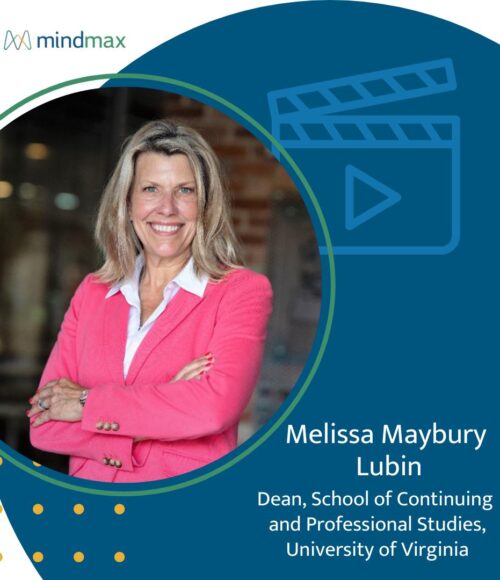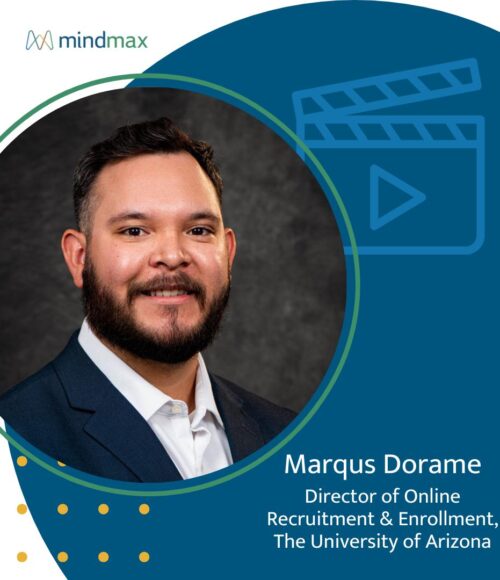Want to Grow Enrollments? Understand Your Lead-to-Enrollment Timeframe

Want to Grow Enrollments? Understand Your Lead-to-Enrollment Timeframe
Prospective students’ decision-making journeys differ significantly depending on whether they are considering a certificate, bachelor’s, or Master’s degree program. Higher education marketing teams must account for these distinctions when planning digital initiatives.
Your digital campaigns should never be cookie-cutter executions. Before deploying a full-funnel marketing strategy, you’ll first need to understand the typical lead-to-enrollment timeframe for a particular program and the factors driving your prospective students’ decisions.
Breaking Down Lead-to-Enrollment Timeframes
Let’s start by breaking down lead-to-enrollment timeframes. For the purpose of this high-level comparison, we’ll group bachelor’s and Master’s programs into one category, though keep in mind that there are more nuanced distinctions to consider.
Certificate programs
Enrolling in a certificate program requires a comparatively low investment of time and money. Programs generally take less than a year to complete and can cost as little as $1,500.
Because enrolling in a certificate program is less of a commitment than pursuing a bachelor’s or Master’s degree, the timeframe for decision-making is usually shorter. Prospective students may conduct research for a couple of weeks before deciding to enroll, at which point they’ll make a one-time payment. They generally won’t even need to fill out an application.
Digital campaigns promoting certificate programs may hit prospective students with a few quick messages over the course of a month: here’s who we are, here are the outcomes you can expect, here’s the deadline for enrolling in the next class.
Bachelor’s and Master’s degree programs
Prospective students considering a bachelor’s or Master’s degree program have a much longer decision-making process—anywhere from six months for a bachelor’s degree program to 18 months for a Master’s. They need time to sort out their finances, create space in their schedules, and carefully select the right program before making such a significant commitment.
If you’re promoting a bachelor’s or Master’s program, you’ll need to build a comprehensive content calendar with the right amount of strategically spaced messaging to keep prospective students engaged without overwhelming them. Although the messaging may be similar to that of a certificate, understanding when and how often to deliver content around expectation, outcomes, and experience will be key to successfully nurturing prospects down the funnel to enrollment.
Leveraging Data to Strategically Plan Your Messaging
When determining the timeframe and cadence of your messaging, let your data do the talking—specifically, data that represents the entire spectrum of lead to enrollment.
While many schools have the lead-to-enrollment data necessary to inform these strategies, marketing teams are often stuck piecing that data together from many sources to create a picture of a prospective student’s journey.
MindMax’s Enrollment Intelligence (EI) platform provides a solution to this problem. EI pulls the most important metrics for a school’s marketing and enrollment activities into one customized dashboard and offers end-to-end reporting on a regular basis so you can make strategic decisions about how to structure digital marketing campaigns.
Reach out today to discuss how EI can help your school grow enrollment for certificate, bachelor’s, or Master’s programs.
Related Ideas
Melissa Maybury Lubin Wants Higher Ed to Be Affordable, Accessible, and Achievable

Marqus Dorame Advocates for Student-First Recruitment
